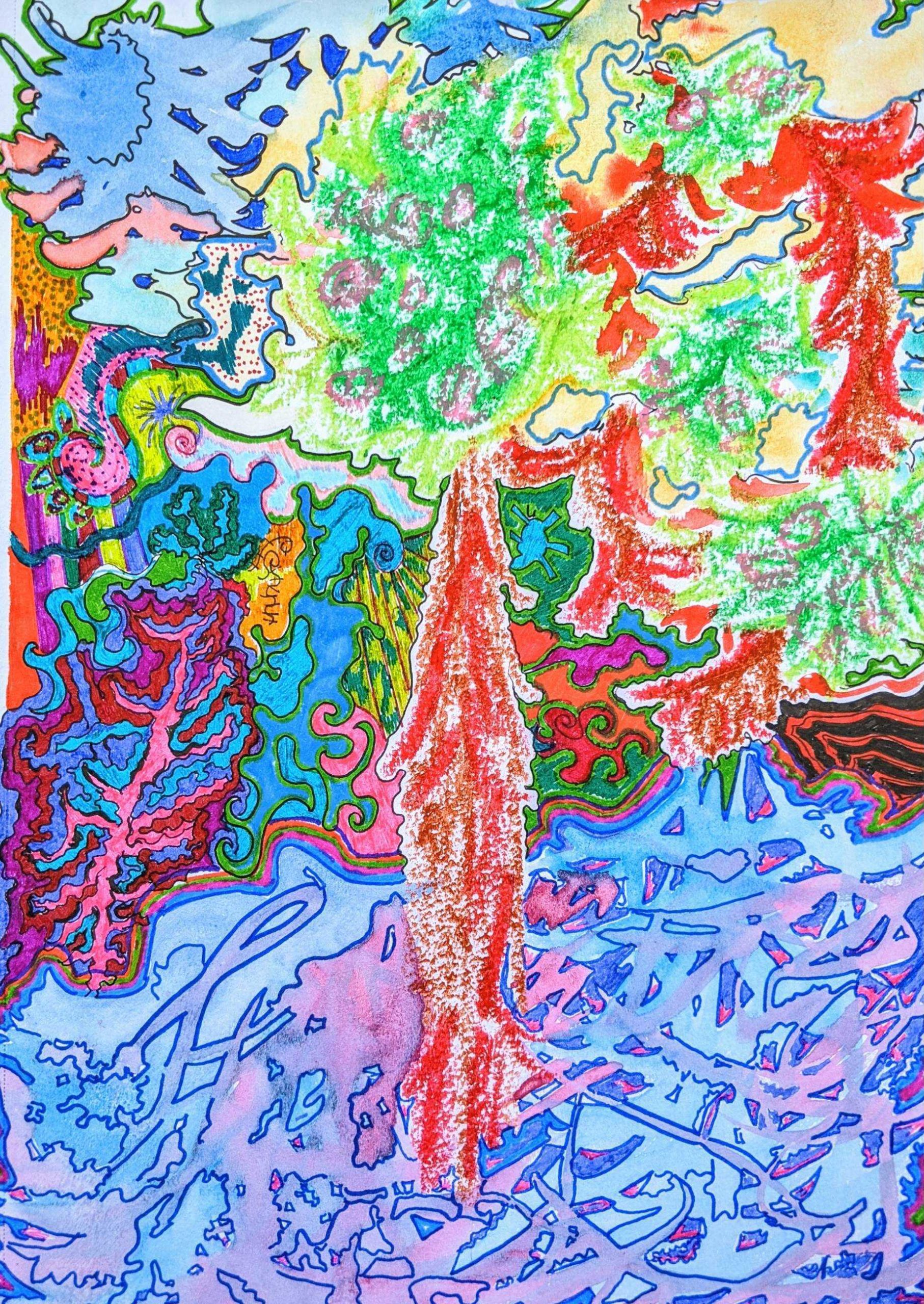
Art has the potential to play a significant role in therapy by allowing people to express themselves in a nontraditional way. Using art in therapeutic processes is known as “expressive therapy.” Psychology Today defines expressive therapy as “a combination of psychological techniques and creative forms to promote mental and emotional healing.”
Research from the Psychotherapy and Counselling Federation of Australia shows that these practices help patients process traumatic events, foster self-reflection and awareness, create emotional and physical connections and help understand children’s mental development.
An article from Healthline describes the artistic nature of the right brain. Art utilizes the right side of the brain, which is more creative, intuitive and less linear. These highly stimulating qualities help process distress in ways that verbal language can traditionally limit.
Expressive therapy involves not only painting and drawing but other art forms as well. Practicing music, poetry, creative writing, dance, sculpting and more have proven helpful to patients.
Hanifa Akpe is a licensed professional counselor who uses expressive therapy in her practice. She spoke about the benefits of art therapy and mental health, especially regarding clients who endured trauma. She believes that art therapy, in addition to other Expressive Therapies, leads to holistic healing.
“Traditional talk therapy may be difficult for clients who have experienced trauma, especially if experienced in childhood,” she said. “Different parts of the brain are impacted when someone experiences distress and makes regular cognitive functioning challenging.”
Transferring one’s internal traumas into visuals makes them tangible. It allows the individual to separate their trauma from themselves, creating a far easier processing and healing method.
Licensed Professional Counselor Edliz Vazquez worked at an intensive outpatient program where art therapy was offered and encouraged. She explained the power of expressive therapy and its healing abilities.
“It helps externalize their trauma narratives and internal thoughts,” she said. “It’s a way to separate what they would describe as their ghosts or inner demons from them as a person and helps patients remove them from who they are as a person.”
Junior Armenia Alvi uses art therapy in her home to improve her mental health. Through painting and drawing, she connects with her internalized thoughts, allowing her to process and work through emotions.
“When it’s just me and my paint, I feel a calm that falls over me,” she said. “It’s a time for me to connect with my inner self and express onto a physical platform what I’ve been feeling internally. Sometimes I don’t even know what I’m feeling, but when I start to paint, it clears my mind and helps me to better understand my emotions.”
Creating art allows one to evaluate their perceptions of the world and understand their trauma. Many people have trouble expressing themselves through words, and art gives personal connection and realization.
“Sometimes, I really just don’t want to talk to anyone about my feelings because I don’t even understand them myself,” Alvi said. “However, I cannot describe the clarity I have when it’s just me, my brushes and my thoughts.”
